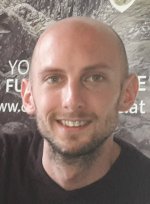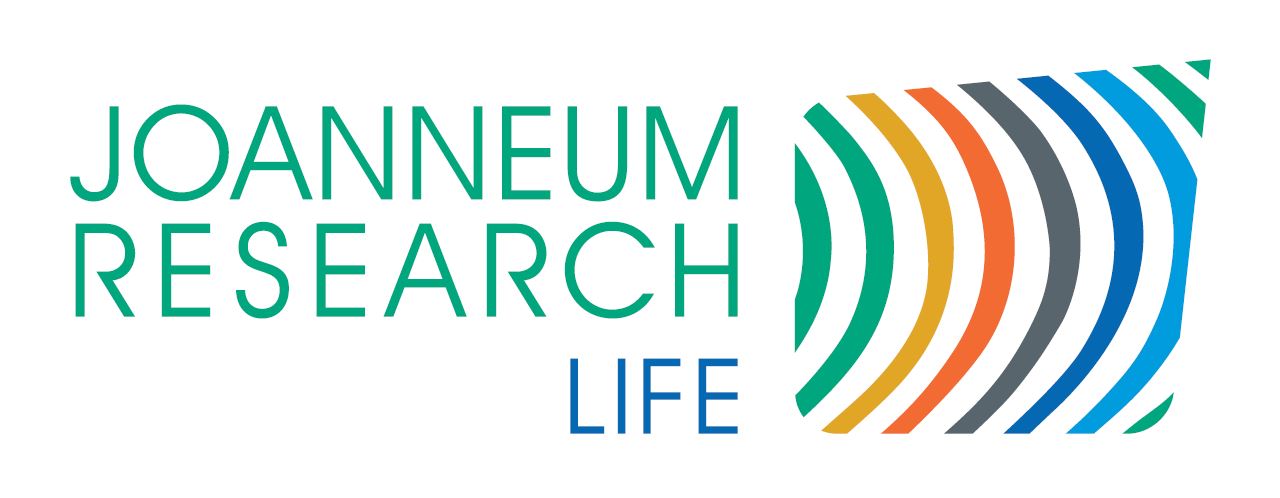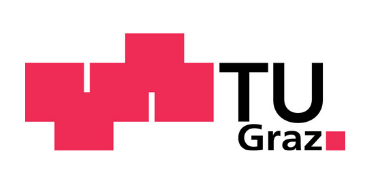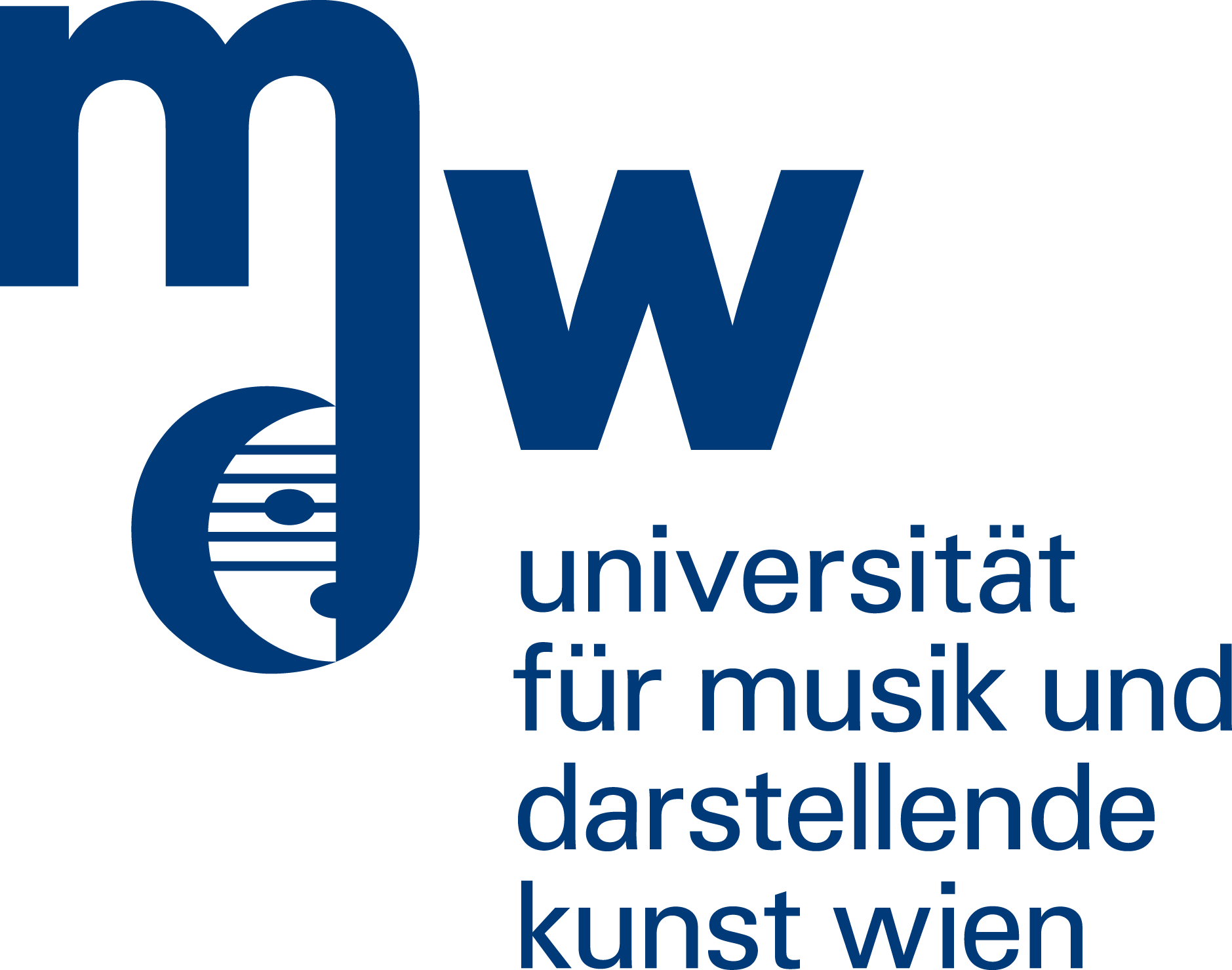
Florian Heigl
Biodiverciti
What role can you play in the biodiversity and climate crisis - in the familiar surroundings of your own garden? Citizen scientists implement biodiversity-enhancing measures in their garden, observe animals and plants and are analyzed how their attitudes and behaviors change.
What are the aims of the project?
BIODIVERCITI pursues two core research questions to analyze the impact of its intervention on Citizen Scientists and their gardens: 1. What improvements can be achieved in indicator species? BIODIVERCITI analyzes the effectiveness of adapted gardening and cultivation practices to increase biodiversity. 2. How do individual climate action and efficacy beliefs change? By transforming their own gardens, citizen scientists can develop a sense of control, even if they feel overwhelmed in the face of global crises. In contrast, experiencing personal limitations in achieving quick ecosystem improvements or feeling that they have “already done their part” can undermine subsequent climate action efforts.
How can you participate in research?
Citizen Scientists can participate in BIODIVERCITI by...
- implementing biodiversity-enhancing measures in their own garden
- observing and reporting selected indicator species
- actively exchanging information on implementation and observations with other citizen scientists and the project team
- taking part in seminars and network meetings for improving their personal knowledge and for discussing project results
- taking part in surveys on attitudes and behavior

Talk: Panties
On 7 May at 2 pm, the third lecture of the summer semester 2025 of our Citizen Science Seminar will take place at BOKU University (in German). This one is about the project ‘Beweisstück Unterhose’. We are very pleased to have Franz Bender from Agroscope as a guest in the seminar.
If you are interested in this lecture and would like to join us online via Zoom, please register using the registration form.
Octopus Den Initiative
How do octopuses use the artificial octopus dens near the Croatian island of Krk, and what can be studied with them? Film or photograph them during your next dive or snorkeling trip to contribute to octopus research!
What are the aims of the project?
The project investigates whether and to what extent wild octopuses adopt artificial octopus dens and which factors influence their choice. Additionally, it examines in which areas they are found, which types of seabed they prefer, and what behaviors they display there. A key objective is to analyze the octopuses' preferences for specific designs and locations of artificial dens. This not only helps to better understand their natural behavior but also promotes the development of new research methods for studying octopuses in the wild and supports the conservation of these intelligent animals. Moreover, the artificial dens provide a unique opportunity to explore the cognitive abilities of these fascinating marine creatures in greater detail.
How can you participate in research?
Divers and snorkelers can take part in the Citizen Science project 'Octopus Den Initiative' by visiting the artificial octopus dens near the island of Krk during their private dives or snorkeling trips (e.g., while on vacation) and observing and documenting what they see. Especially helpful are photos and videos of the artificial dens — whether they are occupied by octopuses or empty. Photos and videos of octopuses found outside the dens are also valuable. The collected photos and videos can easily be shared with us, for example, via email or through our social media channels (e.g., Facebook). Every observation helps us learn more about the behavior and distribution of octopuses in this area. All important information about how to participate, as well as guidelines, can be found on our website.
Pictures
-
 Octopus in the artificial octopus cave H1 Punat lighthouse Octopus in the artificial octopus cave H1 Punat lighthouse
Octopus in the artificial octopus cave H1 Punat lighthouse Octopus in the artificial octopus cave H1 Punat lighthouse -
 Diver at the artificial octopus cave H7 Sv. Marak Diver at the artificial octopus cave H7 Sv. Marak
Diver at the artificial octopus cave H7 Sv. Marak Diver at the artificial octopus cave H7 Sv. Marak -
 Map of the artificial octopus caves (as at 12 March 2025) Map of the artificial octopus caves (as at 12 March 2025)
Map of the artificial octopus caves (as at 12 March 2025) Map of the artificial octopus caves (as at 12 March 2025)
https://www.citizen-science.at/en/conference/author/934-florianheigl?start=0#sigProId73dd95bc0b

Vienna Museum of Technology
Here technology becomes an experience2 . Technology and science are key drivers of our society. They are all around us and determine our daily lives. Our cultural mission is to publicly reflect upon the developments of technology and science and their contemporary effects on society. The integrative combination of original objects with interactive elements is our trademark.
The Technical Museum has entered the field of citizen science with the Sparkling Science project This is (not) Rocket Science!. A project in which work is carried out internally across departments and external relationships with school locations in the museum's neighborhood have been strengthened.
mdw - University of Music and Performing Arts Vienna
The mdw - University of Music and Performing Arts Vienna is one of the world's largest and most renowned universities for the performing arts of music, theater and film. It educates around 3,000 students from 70 countries and offers 115 fields of study and 41 university courses in 25 institutes.
Scientific and artistic research takes place at a number of institutes and research centers and encompasses a variety of disciplines and research fields in the humanities, cultural, social and natural sciences, which are always in interaction with the development and development of the arts (EEK).
The socio-political dimensions of art and culture, the questioning of power structures, the identity-forming effect of music, health promotion in the field of applied research, for example on music physiology and music therapy, are examples of citizen science that is being promoted at the mdw.
Recognizing the potential of non-academic knowledge for research, the mdw promotes innovative, multidirectional and dialogical transfer activities in the form of cooperation with various social actors, interdisciplinary Art & Science projects and the involvement of different target groups. Citizen science is used, for example, in ethnomusicological or music sociological research. The Department of Music Education/Community Music represents a new focus within music education research and practice, enabling students to develop innovative participatory art formats and to critically examine music and society.
BIOM-Garten
Monitoring of Amphibians and Reptiles in Austrian Gardens
The BIOM-Garten project invites people of all ages to look out for amphibians and reptiles in their gardens and report their observations. This will help to fill gaps in existing monitoring and implement better conservation measures for these endangered animals.
What are the aims of the project?
Amphibians and reptiles are among the most endangered animals in the world. In Austria, more than half of the 21 amphibian and 15 reptile species are classified as endangered, critically endangered or already threatened with extinction. The aim of the project is to fill the gaps in the existing monitoring of amphibians and reptiles with the help of citizens and to shed more light on private gardens as habitats for endangered species. In addition, citizens can describe their gardens to characterise environmental parameters, and remote sensing methods will be used to complement species monitoring. This is the first time that the contribution of gardens to habitat connectivity is analysed specifically for aquatic and semi-aquatic animal groups. The garden descriptions will also help to identify structures that are most favourable for particular species.
How can you take part in the research?
Monitoring made easy! Use your favourite app. The website artenzählen.at, which has been specially designed for amphibian and reptile monitoring, allows you to create species reports and garden descriptions in just a few clicks. Photos of all native species and intuitive input options make reporting easy. If you are already reporting frogs, lizards etc. on Naturbeobachtung.at, iNaturalist or Herpetofauna.at, you can continue to do so, as observations from these platforms will also be included in the overall results of the BIOM-Garten project. However, it is important that you mention 'BIOM-Garten' in the comment field so that the sightings can be correctly categorised. And please do not forget the garden description on artenzählen.at.
Picture gallery
-
 Eastern Green Lizard Eastern Green Lizard
Eastern Green Lizard Eastern Green Lizard -
 Common Toad Common Toad
Common Toad Common Toad -
 Aesculapian Snake Aesculapian Snake
Aesculapian Snake Aesculapian Snake -
 Yellow-bellied Toad Yellow-bellied Toad
Yellow-bellied Toad Yellow-bellied Toad -
 Fire Salamander Fire Salamander
Fire Salamander Fire Salamander -
 Slow Worm Slow Worm
Slow Worm Slow Worm -
 Grass Snake Grass Snake
Grass Snake Grass Snake -
 Tadpole of the Common Tree Frog Tadpole of the Common Tree Frog
Tadpole of the Common Tree Frog Tadpole of the Common Tree Frog -
 Common Frog Common Frog
Common Frog Common Frog -
 Spawn of the Agile Frog Spawn of the Agile Frog
Spawn of the Agile Frog Spawn of the Agile Frog
https://www.citizen-science.at/en/conference/author/934-florianheigl?start=0#sigProId2bce82b18c
Videos
Explanatory video (in German)
Webinar: Discover the fascinating world of amphibians (in German)
Webinar: Discover the fascinating world of reptiles (in German)
Partners
.png)
This project fulfils version 1.1 of the quality criteria for citizen science projects on Österreich forscht.
SoilBlitz
A snapshot of soil health
With the SoilBlitz, Citizen Scientists independently carry out tests to determine local soil health, collect important data and become aware of the importance of healthy soils.
What are the aims of the project?
In a so-called ‘SoilBlitz’, five uncomplicated and fast tests are carried out to determine soil indicators such as soil texture and colour, water infiltration rate, earthworm occurrence and vegetation cover. The measurement results for these indicators are documented via an app on the ‘Soil Health Watch’ platform and then analysed. The collected data will be used in the EU project BENCHMARKS to gain an insight into the soil health of different countries and to test and optimise time- and cost-efficient methods. Based on the results, a final report will be prepared and sent to the participants.
How can you participate in research?
As part of the Citizen Science Award 2025, school classes (aged 10 and over) have the opportunity to take part in an exciting project to measure five soil health indicators. The measurements, which take between 40 and 60 minutes, can easily be carried out in a half-day school day. The results are entered in the online test protocol via an app (or optionally afterwards via a PC) in the ‘Soil Health Watch’ platform. The three school classes with the most entries in the ‘Soil Health Watch’ platform will be rewarded with prizes: €1000 for 1st place, €750 for 2nd place and €500 for 3rd place. All entries submitted by school classes during the participation period from 1 April to 5 July 2025 will be automatically counted. To register, please use the registration form on the website.
This project fulfils version 1.1 of the quality criteria for citizen science projects on Österreich forscht.
Phänologie - Naturkalender - Phenowatch
Since 1851, we have been researching the changes in weather, climate and nature and what this means for us humans by observing plants and animals. These phenological observations help, for example, in climate research, agriculture and pollen forecasting in order to better deal with climate change.
What are the aims of the project?
Plants act as an integrating measuring instrument for a variety of environmental factors such as weather conditions in the past and current vegetation year. If one analyzes the temporal course of phenological observation data, the influencing factor of air temperature becomes clear, especially in the spring phases in Austria, both in short-term fluctuations and in long-lasting trends. Phenology is therefore an ideal bio-indicator for gradual changes in the climate. Research objectives include
- Climate monitoring in addition to instrumental measurements.
- Temperature sensitivity of phenological events - Does the sensitivity of plants change with the temporal shift of phenological phases?
- Groundtruthing of vegetation indices from satellite observations.
- Further basic plant physiological research - future phenological modeling on an even more plant process-oriented basis.
How can you participate in research?
Find your favorite trees and shrubs in your favorite location and observe and document their development from bud burst and the start of flowering to fruit ripening, leaf coloration and leaf fall through the ten phenological seasons. We are looking for the date for the start of the respective development phases of the so-called indicator plants. You can send this to us in the "Nature Calendar" app with a photo or in the traditional way using a paper form. You can find all the information you need on our website.
-
 Important indicator plants Important indicator plants
Important indicator plants Important indicator plants -
 Snowdrop blossom Snowdrop blossom
Snowdrop blossom Snowdrop blossom -
 Black elderberry Black elderberry
Black elderberry Black elderberry
https://www.citizen-science.at/en/conference/author/934-florianheigl?start=0#sigProId2b82b6fefd
This project fulfils version 1.1 of the quality criteria for citizen science projects on Österreich forscht.
Butterfly Monitoring Austria
Many people in Austria feel that colorful butterflies are becoming increasingly rare. Unfortunately, this is also reflected in the European Grassland Butterfly Index, compiled by Butterfly Conservation Europe from datasets across the continent. Since 1990, typical grassland butterflies have declined by 36%.
Since butterfly populations naturally fluctuate from year to year, only long-term standardized monitoring can determine whether numbers are increasing or decreasing. To enable this, the initiative “Austrian Butterfly Conservation” (ABC) was established in Austria.
Where are butterflies counted?
In short: anywhere that interests you. You can count butterflies in your own garden or along a public walking path, for example. The key is to count only those butterflies flying within 5 meters in front of you or 2.5 meters to your left and right. If the observation area is large enough to walk at least 50 meters in one direction, you can even conduct a “transect survey,” which is the international gold standard.
This year, we are especially excited about observations in towns with more than 10,000 inhabitants!
When are butterflies counted?
The highest number of species and butterflies can typically be observed in July and August. If you enjoy counting, we would particularly appreciate additional observations at one- to two-week intervals. If a butterfly species is recorded at the same location three times in a year, the data can already be used to calculate the Grassland Butterfly Indicator!
Participate in four steps
- Register at „Austrian BMS“
- Install the ‘Butterfly Count’ app (available for iOS and Android)
- Familiarise yourself with butterfly species (identification aids and tips at: Links & Downloads | Austrian Butterfly Conservation )
- Observe butterflies in the garden or another location for 15 minutes in fine weather and enter them directly into the app (German or scientific name)
And don't worry, if you don't know the species, you can still enter the family 'white butterfly' or 'blue butterfly'. The more you go out, the more familiar you will become with your butterflies and you are sure to come across a surprise or two in the insect world.
Often it is necessary to catch the animals in order to identify them, as nature conservation laws vary from country to country. If you have any questions, please do not hesitate to contact us.
We at ABC would be delighted if you would like to become part of the butterfly monitoring programme and hope you have fun observing and counting! If you have any questions or comments, please email us or visit our website.
-
 Butterfly identification guide Butterfly identification guide
Butterfly identification guide Butterfly identification guide -
 Documentation in the field Documentation in the field
Documentation in the field Documentation in the field -
 Identification workshop Identification workshop
Identification workshop Identification workshop -
 App for data collection App for data collection
App for data collection App for data collection -
 Excursion; (c) K. Zalneva Excursion; (c) K. Zalneva
Excursion; (c) K. Zalneva Excursion; (c) K. Zalneva -
 Hauhechel blue (the underside is important for identification) Hauhechel blue (the underside is important for identification)
Hauhechel blue (the underside is important for identification) Hauhechel blue (the underside is important for identification)
https://www.citizen-science.at/en/conference/author/934-florianheigl?start=0#sigProIdeb1e0c0615
This project fulfils version 1.1 of the quality criteria for citizen science projects on Österreich forscht.
Vienna University of Economics and Business
The Vienna University of Economics and Business is a public research university in Vienna, and it one of the largest universities in Europe in the field of Economics and Business. The university is triple accredited (AACSB, EQUIS and AMBA), and it strongly embraces – in addition to excellent research and teaching – its ‘third mission’ to have societal impact, both locally and internationally.
One of the early citizen science projects at the Vienna University of Economics and Business focusses on documenting, analyzing, and mutually learning in terms of good volunteer management practices, for nonprofit organizations and their many active volunteers.












